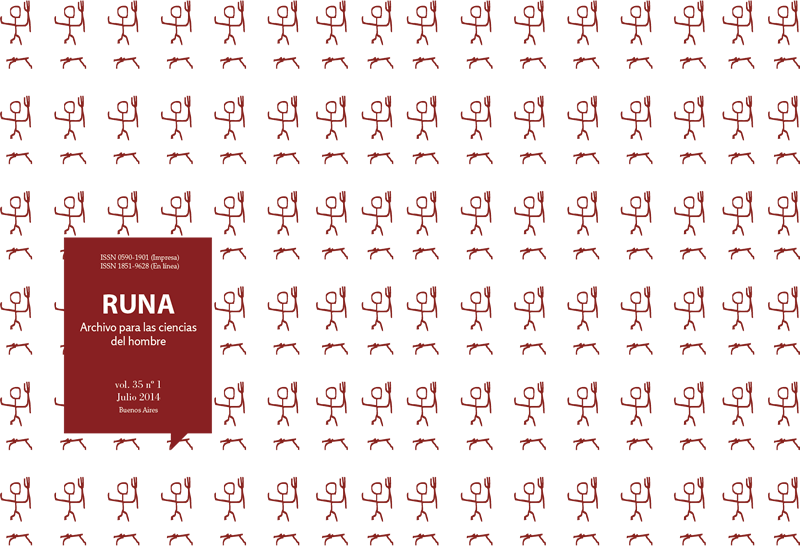Permeable Borders: the Circulation of Captives in Santa Fe
Abstract
This paper addresses the different strategies of interaction developed between Spaniards and native peoples –Charrúas, Mocovies, and Abipones– in the context of the city of Santa Fe during the 17th and 18th centuries, considering the circulation of captives to either side of the city’s border as a central topic. The article begins by considering the city of Santa Fe as a center of interaction, whose borders were delineated through intense and fluid relations with the various native groups over time, fostering complex processes of exchange and interethnic mixing. In addition, it highlights the borders of Santa Fe as an integrated space, a frontier complex whose historical development points to the interaction and joint analysis of the Chaco frontier and the “other band” of the Paraná River. Finally, it addresses the issue of captives as intermediaries between different ethnic groups, capable of mobilizing economic, political, diplomatic, and symbolic exchanges, each of them instrumental in the historical development of border relations in Santa Fe.Downloads

Runa, archivos para las ciencias is a publication of the Instituto de Ciencias Antropológicas, Facultad de Filosofía y Letras, Universidad de Buenos Aires and is distributed under a Creative Commons Attribution 4.0 International License.
Runa maintains its commitment to the policies of Open Access to scientific information, considering that both scientific publications and publicly funded research should circulate on the Internet freely, free of charge and without restrictions.
The contents and opinions expressed in published articles are the sole responsibility of their authors.



















